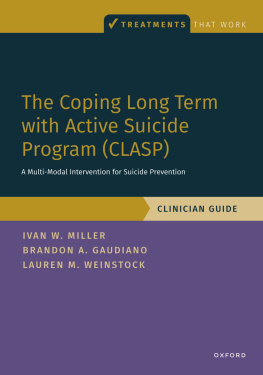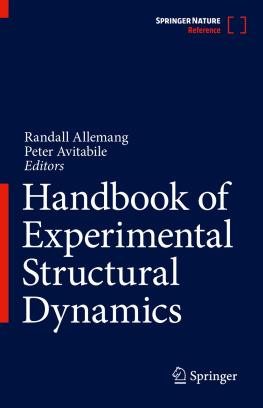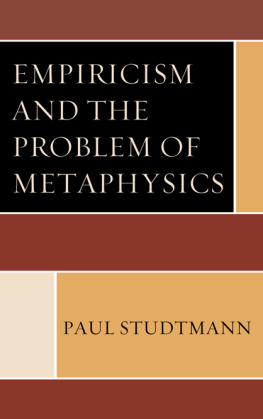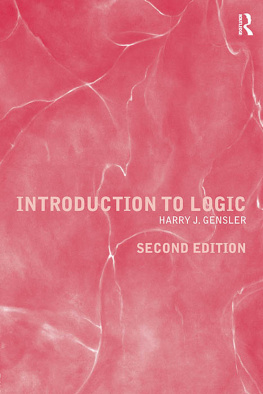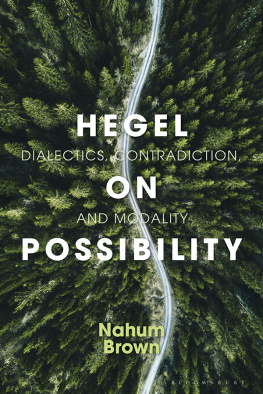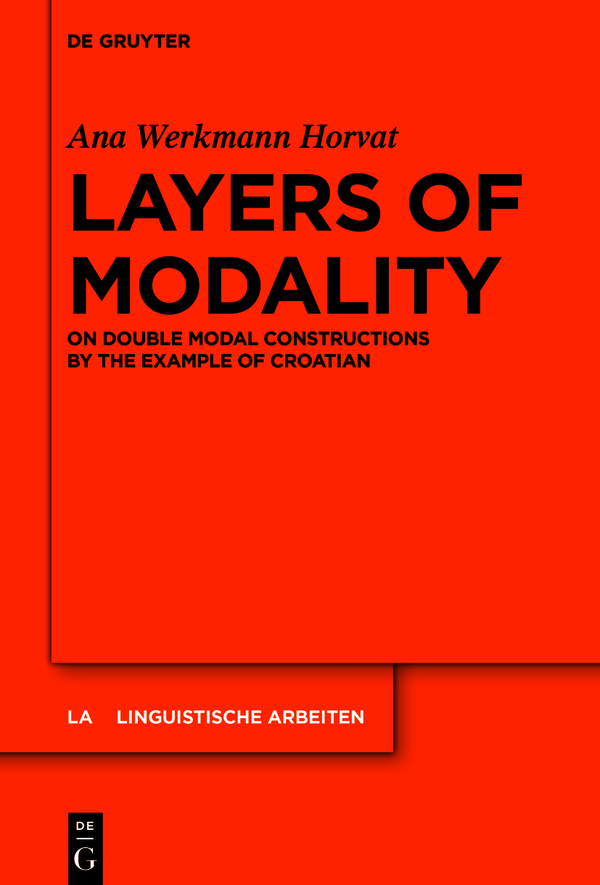Ana Werkmann Horvat - Layers of Modality: On Double Modal Constructions by the Example of Croatian
Here you can read online Ana Werkmann Horvat - Layers of Modality: On Double Modal Constructions by the Example of Croatian full text of the book (entire story) in english for free. Download pdf and epub, get meaning, cover and reviews about this ebook. year: 2021, publisher: De Gruyter, genre: Children. Description of the work, (preface) as well as reviews are available. Best literature library LitArk.com created for fans of good reading and offers a wide selection of genres:
Romance novel
Science fiction
Adventure
Detective
Science
History
Home and family
Prose
Art
Politics
Computer
Non-fiction
Religion
Business
Children
Humor
Choose a favorite category and find really read worthwhile books. Enjoy immersion in the world of imagination, feel the emotions of the characters or learn something new for yourself, make an fascinating discovery.

- Book:Layers of Modality: On Double Modal Constructions by the Example of Croatian
- Author:
- Publisher:De Gruyter
- Genre:
- Year:2021
- Rating:3 / 5
- Favourites:Add to favourites
- Your mark:
Layers of Modality: On Double Modal Constructions by the Example of Croatian: summary, description and annotation
We offer to read an annotation, description, summary or preface (depends on what the author of the book "Layers of Modality: On Double Modal Constructions by the Example of Croatian" wrote himself). If you haven't found the necessary information about the book — write in the comments, we will try to find it.
Much of the literature on modality focuses, at least implicitly, on the occurrence of single modal auxiliaries. However, cross-linguistically, modal auxiliaries can co-occur with one another, but under interesting restrictions. This monograph examines layered modal constructions and the semantic restrictions under which they combine.
The main puzzle addressed in the book is the question of ordering restrictions among modal auxiliaries and whether these have any semantic consequences, and finally, what the conceptual rationale is behind these restrictions. Based on the data from Croatian, the central proposal is that modal restrictions depend heavily on both modal force and flavour, and combine according to a hierarchy that can possibly be extended cross-linguistically since it rests on the basis of the conceptual and logical reality of human language.
The book also offers an in-depth overview of the literature on layered modal constructions as well as a valuable and extensive set of analyzed data which will be of great interest for researchers interested in verbal systems, modality, and Slavic languages.
Ana Werkmann Horvat: author's other books
Who wrote Layers of Modality: On Double Modal Constructions by the Example of Croatian? Find out the surname, the name of the author of the book and a list of all author's works by series.

